Balochistan is the largest province of Pakistan by area, covering about 44% of the country. It is known for its rich culture, beautiful landscapes, and vast natural resources. Despite being the largest province, it has a small population compared to other regions. Balochistan is a land of contrasts, with deserts, mountains, and a long coastline. In this article, we will explore the geography, culture, history, economy, and challenges of Balochistan in a way that is easy to understand.
Geography of Balochistan
Balochistan is located in the southwestern part of Pakistan. It shares borders with Iran to the west, Afghanistan to the north, and the Arabian Sea to the south. The province has diverse landscapes, including mountains, deserts, and coastal areas. The Sulaiman Range and Kirthar Range are some of the major mountain ranges in the region. These mountains are not only beautiful but also rich in minerals like coal, copper, and gold.
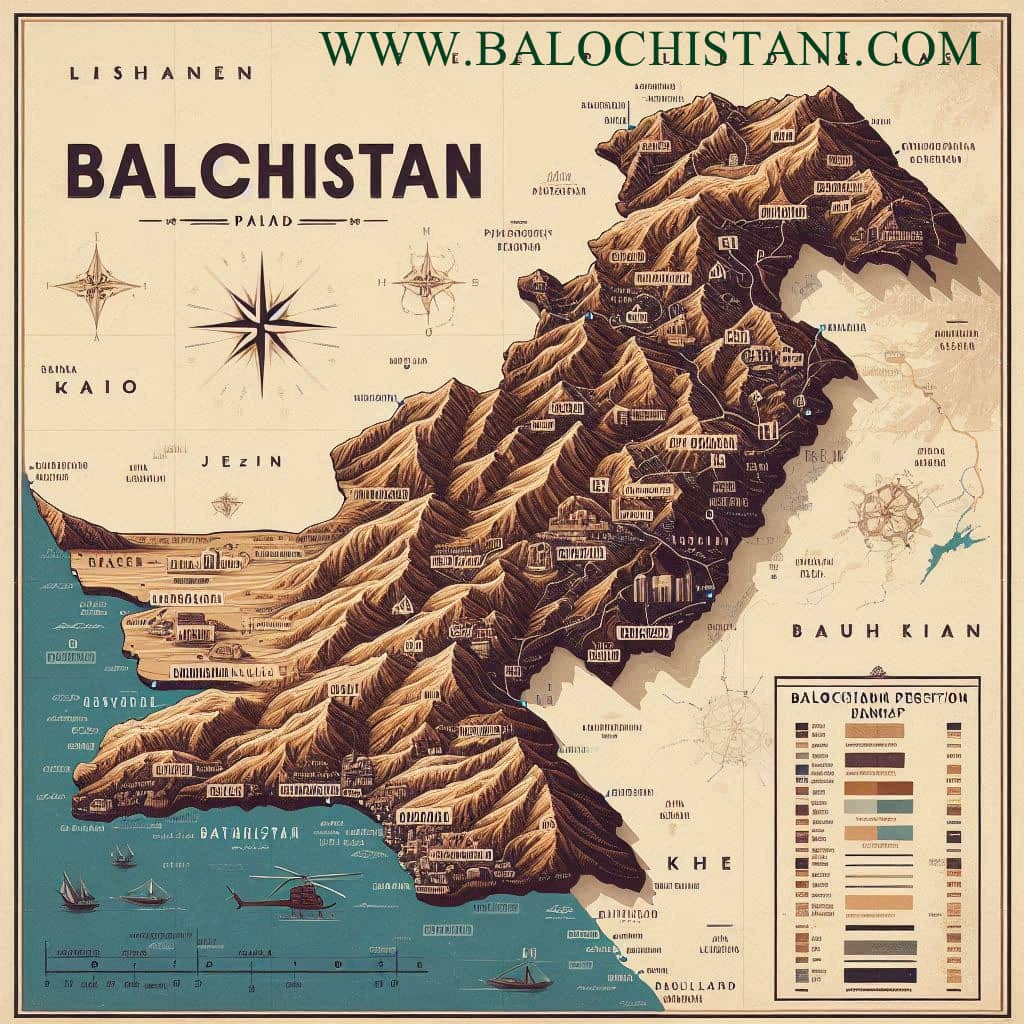
The climate of Balochistan varies greatly. The coastal areas have a hot and humid climate, while the inland areas are mostly dry. Summers can be extremely hot, while winters can be very cold, especially in the northern mountains. This variation in climate makes Balochistan a unique region with different environments.
Key Geographic Highlights:
- Hingol National Park: The largest national park in Pakistan, known for its wildlife and unique landscapes.
- Ziarat: A beautiful hill station famous for its juniper forests and the Quaid-e-Azam Residency.
- Hanna Lake: A popular tourist spot near Quetta, surrounded by mountains and greenery.
History of Balochistan
Balochistan has a rich history that goes back thousands of years. One of the earliest civilizations in South Asia, the Mehrgarh Civilization, was located in Balochistan. This ancient society existed around 7000 BCE and was one of the first farming communities in the region. Balochistan has been influenced by various empires, including the Achaemenid Empire, the Greeks under Alexander the Great, and the Islamic Caliphates.
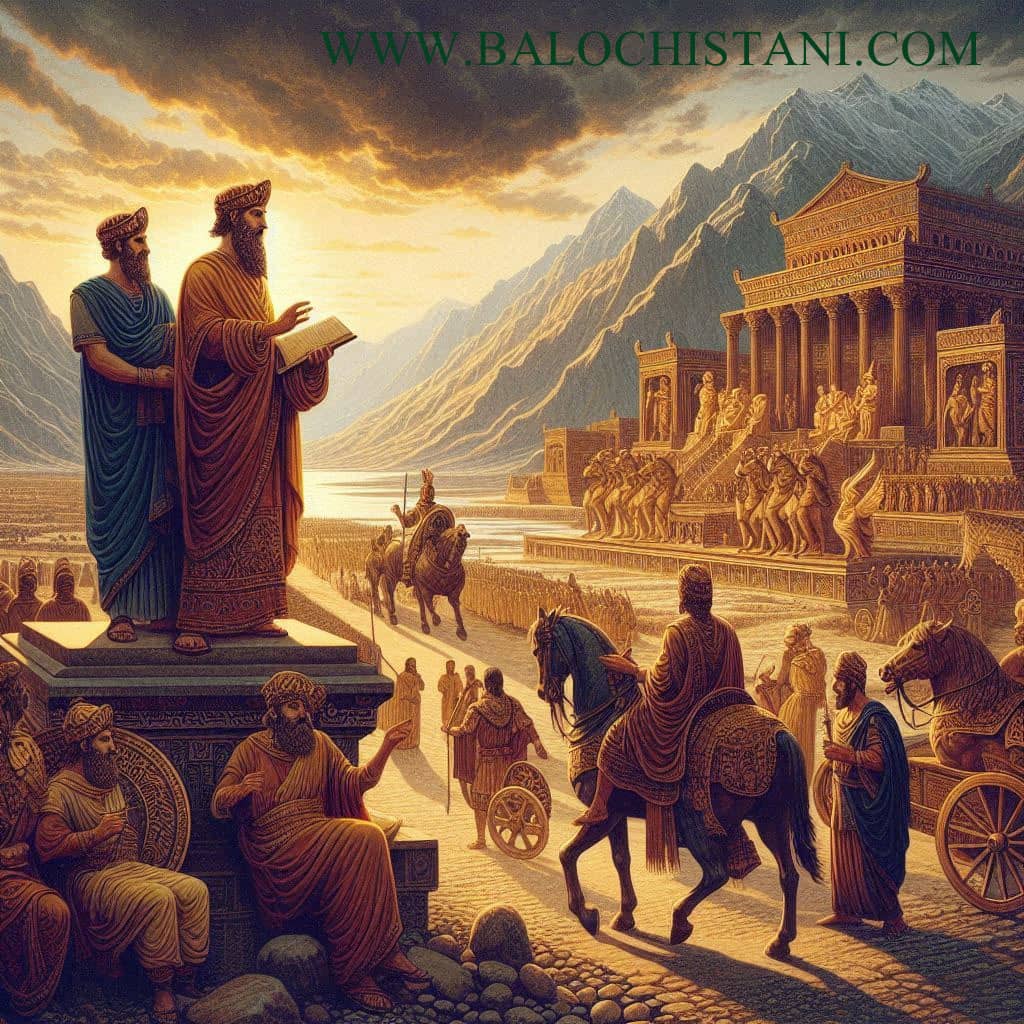
In the 18th century, the Khanate of Kalat was established, becoming a powerful state in the region. The British Empire later took control of Balochistan in the 19th century, incorporating it into British India. After the independence of Pakistan in 1947, Balochistan became a part of the newly formed country.
Significant Historical Events:
- Khanate of Kalat: A Baloch state established in the 18th century, which played an important role in the region’s history.
- British Colonial Period: Balochistan was integrated into British India, leading to the development of infrastructure like railways.
- Integration into Pakistan: After Pakistan’s independence, Balochistan became part of the country, following negotiations and agreements.
Culture and Traditions
Balochistan is known for its rich cultural heritage. The people of Balochistan, called the Baloch, have a distinct identity with their own language, traditions, and customs. The Baloch are known for their hospitality, bravery, and strong sense of honor. Their culture is a mix of ancient traditions and influences from neighboring regions.
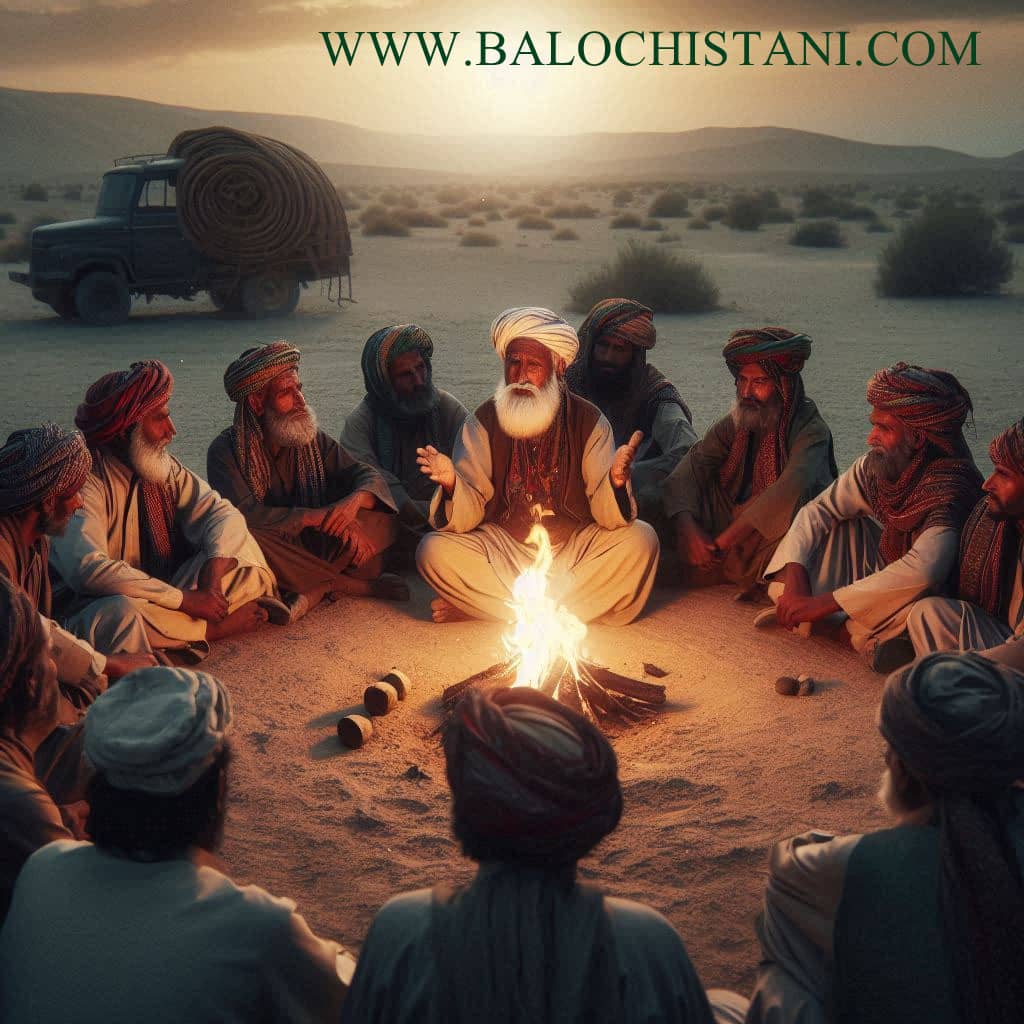
Language and Literature:
The most widely spoken language in Balochistan is Balochi, but other languages like Pashto, Brahui, and Urdu are also spoken. Balochi poetry and literature are highly valued, with famous poets like Mast Tawakali and Atta Shad being celebrated for their work.
Music and Dance:
Music is an important part of Balochi culture. Traditional instruments like the suroz (a stringed instrument) and the dhol (a type of drum) are used in Balochi folk music. Leva is a traditional dance performed during celebrations, where dancers move rhythmically with sticks.
Dress and Cuisine:
The traditional dress of the Baloch is colorful and distinctive. Men wear long shirts with baggy trousers and a turban, while women wear vibrant dresses with intricate embroidery. Balochi food is simple but flavorful, with dishes like sajji (roasted meat), landi (dried meat), and kaak (a type of bread) being popular.
Festivals and Celebrations:
Balochistan has many cultural festivals, like the Sibi Mela, which showcases Balochi sports, music, and crafts. Religious festivals like Eid-ul-Fitr and Eid-ul-Adha are also celebrated with great enthusiasm.
Economy and Natural Resources
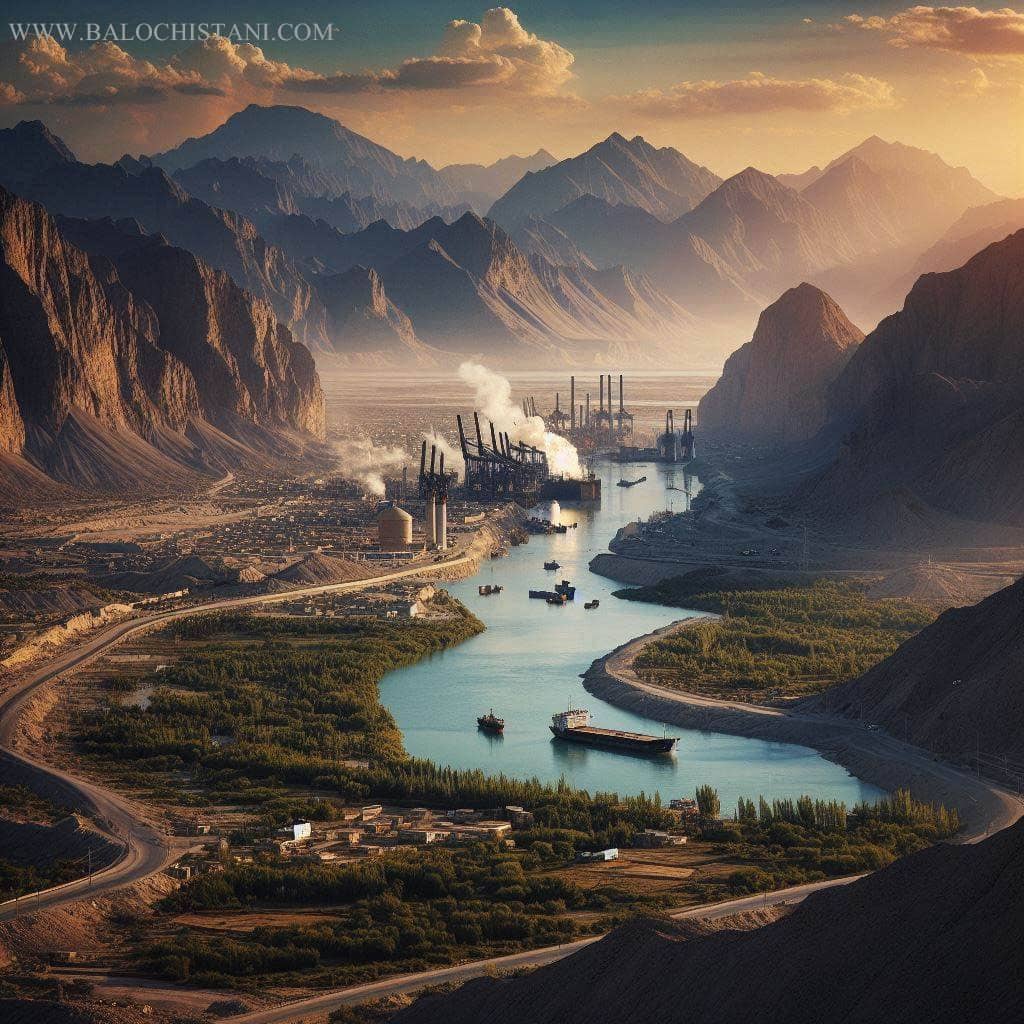
Balochistan is rich in natural resources, making it an important region for Pakistan’s economy. The province has large reserves of minerals like coal, copper, gold, and natural gas. The Saindak and Reko Diq mines are among the largest sources of copper and gold in the world. The natural gas fields in Sui are a major source of energy for Pakistan.
Agriculture:
Even with its dry climate, agriculture is vital for Balochistan’s economy. The province is known for producing high-quality fruits like apples, grapes, pomegranates, and dates. The fertile lands of Kachhi and Lasbela are used for growing crops like wheat, barley, and cotton.
Fisheries:
Balochistan’s coastline along the Arabian Sea provides ample opportunities for fishing, which is a major source of livelihood for the coastal communities. Gwadar Port, a deep-sea port, is expected to boost trade and economic development in the region.
Challenges:
Despite its rich resources, Balochistan faces many economic challenges. The province has a high poverty rate, limited infrastructure, and a lack of industrial development. Unemployment is a big problem, especially among the youth, and access to education and healthcare is limited in many areas.
Social Issues and Challenges
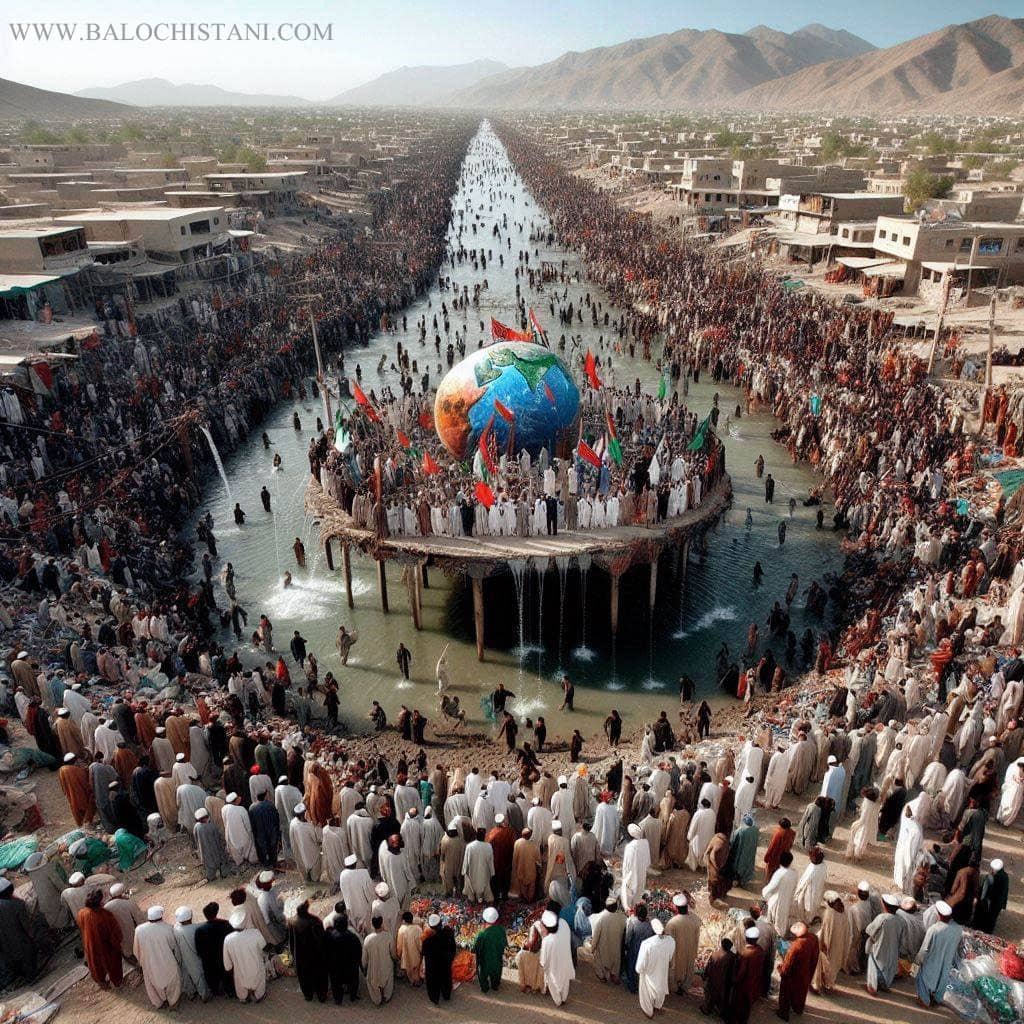
Balochistan faces several social challenges that need urgent attention. These include issues related to education, healthcare, and infrastructure.
Education:
Education in Balochistan is a major concern. The province has one of the lowest literacy rates in Pakistan, especially among women. Many areas do not have basic educational facilities, and there is a shortage of trained teachers. Although the government and NGOs are working to improve education, much more needs to be done.
Healthcare:
Healthcare facilities in Balochistan are inadequate, particularly in rural areas. Many regions lack access to basic healthcare services, and there is a shortage of doctors, nurses, and medical supplies. Malnutrition and diseases like tuberculosis and hepatitis are significant health challenges in the province.
Infrastructure:
Balochistan’s infrastructure is underdeveloped compared to other provinces in Pakistan. Many areas do not have proper roads, electricity, and clean drinking water. Improving infrastructure is crucial for the development of the region.
Security:
Balochistan has faced security challenges over the years. The province has been affected by insurgencies and ethnic conflicts, which have hindered its development. The government is working to address these issues, but the situation remains delicate.
The Role of Gwadar and CPEC
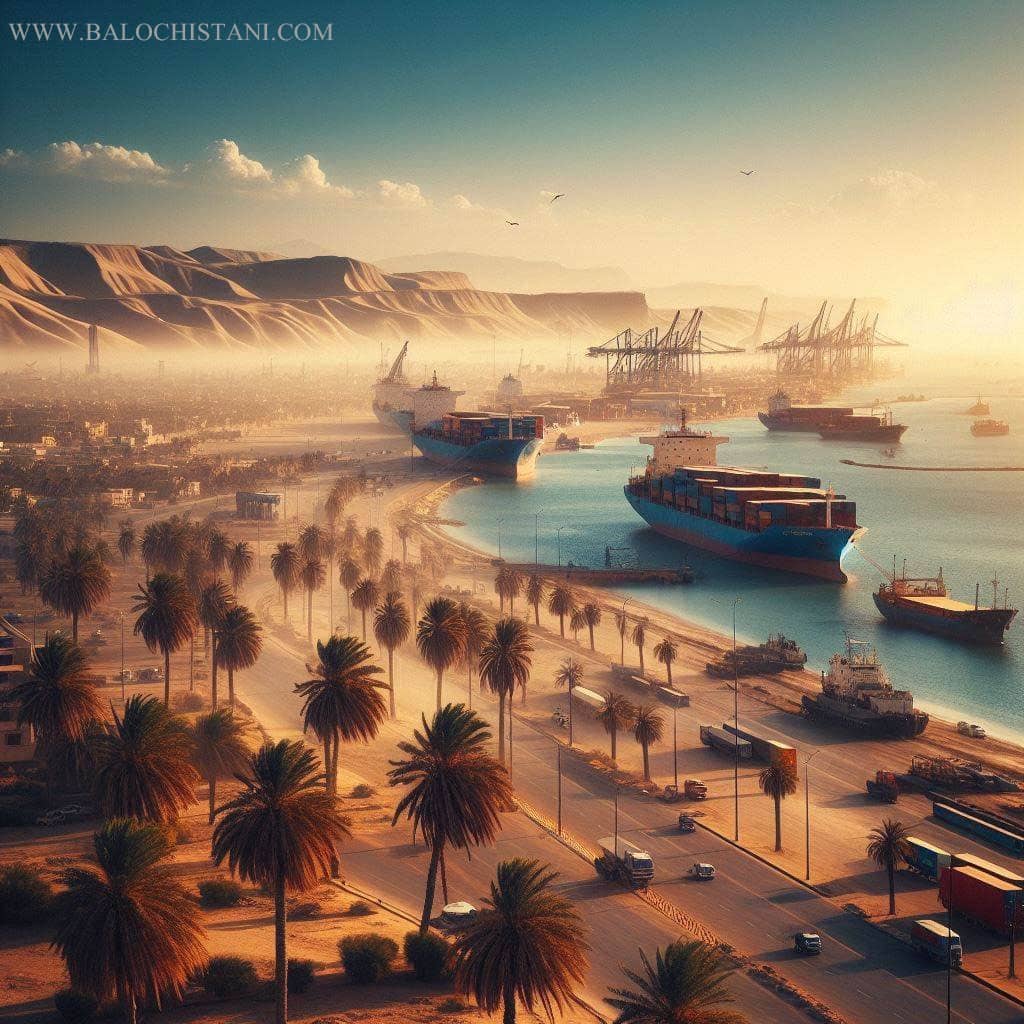
One of the most significant developments in Balochistan is the Gwadar Port and the China-Pakistan Economic Corridor (CPEC). Gwadar Port is a deep-sea port located on the southwestern coast of Balochistan. It is expected to become a major hub for trade and economic activity.
Gwadar Port:
Gwadar Port is strategically located at the crossroads of the Middle East, Central Asia, and South Asia, making it a key point for international trade. The port is expected to boost the economy of Balochistan and create job opportunities for the local population.
China-Pakistan Economic Corridor (CPEC):
CPEC is a major infrastructure project that aims to connect Gwadar Port with China’s Xinjiang region. The project includes building roads, railways, and pipelines, which will bring significant economic benefits to Balochistan.
Impact on Balochistan:
The development of Gwadar Port and CPEC has the potential to transform Balochistan. However, there are concerns about the impact on local communities, especially regarding land rights and the environment. It is important to ensure that the people of Balochistan benefit from these developments.
Tourism in Balochistan

Balochistan is a region of great natural beauty, with vast deserts, rugged mountains, and a long coastline. Although tourism is still developing, the province has much to offer for those seeking adventure and a unique cultural experience.
Quetta:
Quetta, the capital of Balochistan, is known as the “Fruit Garden of Pakistan” due to its abundant orchards. The city is surrounded by mountains and is a gateway to the region’s natural and cultural attractions. Key sites in Quetta include:
- Hanna Lake: A picturesque lake located about 25 kilometers from Quetta, ideal for boating and picnics.
- Hazarganji-Chiltan National Park: Home to diverse wildlife, including the endangered Chiltan ibex.
- Quaid-e-Azam Residency in Ziarat: A historic building where Pakistan’s founder, Muhammad Ali Jinnah, spent his last days.
Gwadar:
Gwadar is emerging as a significant tourist destination due to its beautiful beaches, marine life, and scenic landscapes. Attractions include:
- Gwadar Beach: Known for its pristine sands and clear waters, perfect for relaxation and water activities.
- Hingol National Park: Located nearby, it offers unique geological formations and a variety of wildlife.
- Astola Island: Also known as Koh-e-Takht, it is Pakistan’s largest offshore island, famous for its natural beauty and marine biodiversity.
Other Tourist Destinations:
- Ormara: A coastal town with beautiful beaches and opportunities for fishing and boating.
- Kund Malir: A remote beach area known for its untouched beauty and tranquility.
- Sethano Dand: A hill station offering panoramic views of the surrounding mountains and valleys.
Education and Development Initiatives
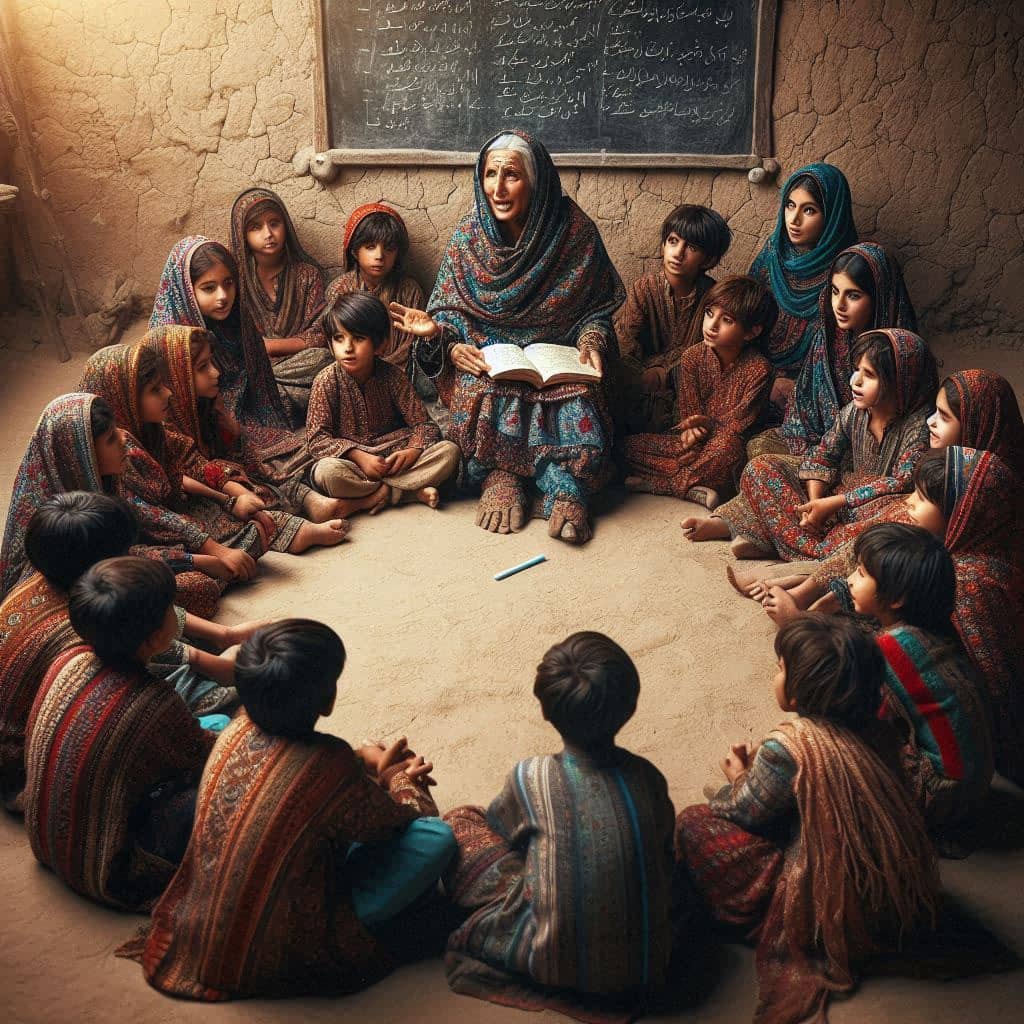
Improving education and promoting development are critical for the future of Balochistan. Various initiatives are underway to address these issues:
Government Programs:
The government of Balochistan has launched several programs aimed at improving education and infrastructure in Balochistan. These include building new schools, providing scholarships, and improving healthcare facilities.
Non-Governmental Organizations (NGOs):
Numerous NGOs are working in Balochistan to enhance educational opportunities, provide healthcare services, and support economic development. Organizations like The Citizens Foundation (TCF) and Edhi Foundation are actively involved in improving the lives of the people in the province.
International Aid:
International organizations and foreign governments are also contributing to development projects in Balochistan. These efforts focus on building infrastructure, promoting education, and supporting healthcare initiatives.
Environmental Concerns

Balochistan’s unique environment is both a treasure and a challenge. The province’s diverse ecosystems, including mountains, deserts, and coastal areas, are home to a wide range of flora and fauna. However, environmental issues threaten this delicate balance.
Deforestation:
Illegal logging and deforestation are significant problems, leading to soil erosion, loss of biodiversity, and disruption of local ecosystems. Efforts are being made to combat deforestation through reforestation projects and stricter enforcement of environmental regulations.
Water Scarcity:
Water scarcity is a critical issue in the region, exacerbated by climate change and overuse of water resources. Sustainable water management practices are essential to ensure that communities have access to clean and reliable water sources.
Wildlife Protection:
Protecting the province’s wildlife is crucial for maintaining its natural heritage. Conservation programs aim to protect endangered species and preserve their habitats. National parks and wildlife reserves play a vital role in these efforts.
Future Prospects
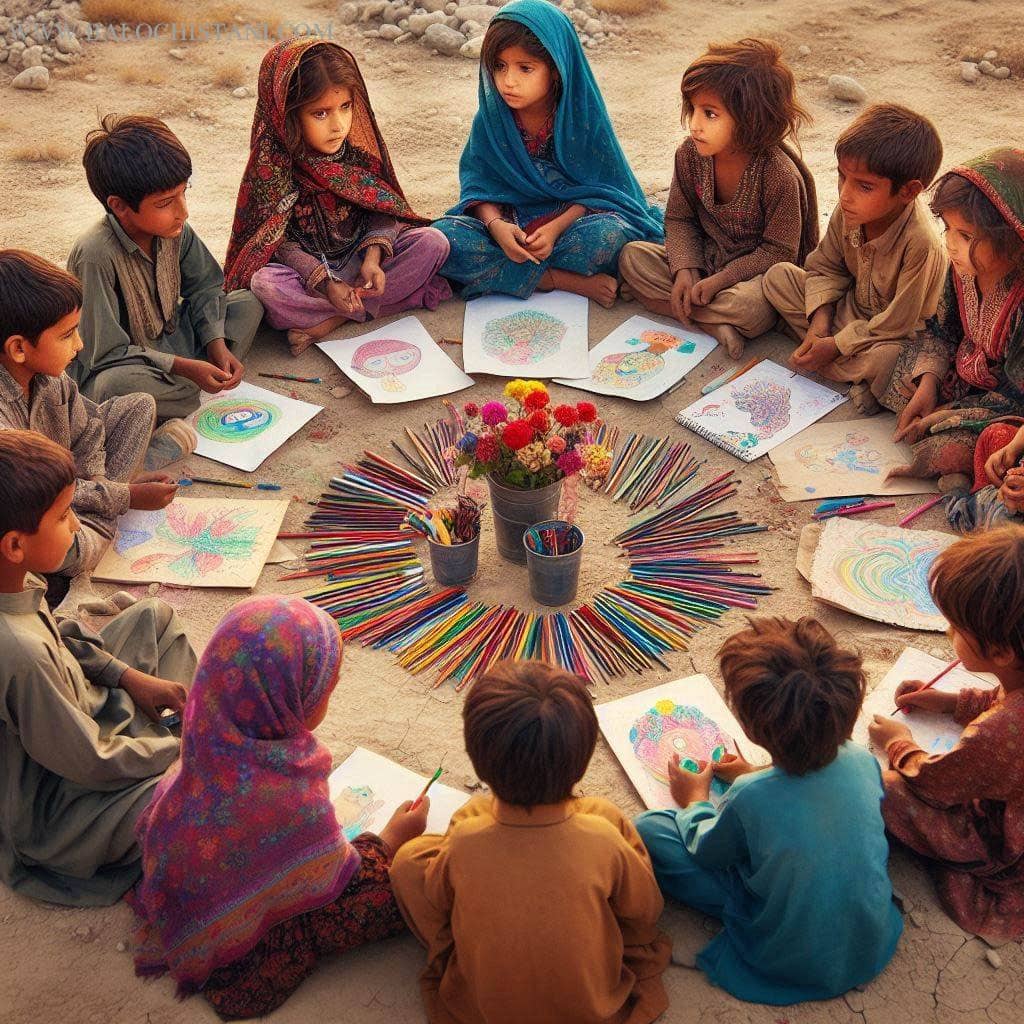
Balochistan holds immense potential for growth and development. With its rich natural resources, strategic location, and cultural heritage, the province can play a pivotal role in Pakistan’s economy and regional dynamics. Key areas for future development include:
Infrastructure Development:
Investing in infrastructure such as roads, railways, and airports will enhance connectivity within the province and with neighboring regions. Improved infrastructure is essential for economic growth and attracting investment.
Industrialization:
Developing industries based on the province’s natural resources can create jobs and boost the economy. Sectors like mining, energy, and manufacturing hold significant promise for Balochistan.
Education and Skill Development:
Enhancing educational facilities and providing skill development programs will empower the local population, particularly the youth, to participate effectively in the economy and contribute to the province’s growth.
Tourism Expansion:
Promoting tourism by developing tourist facilities, marketing the province’s attractions, and ensuring the safety and security of visitors can attract both domestic and international tourists, generating revenue and creating jobs.
Sustainable Development:
Balancing economic growth with environmental sustainability is crucial. Implementing sustainable practices in industries, agriculture, and urban development will ensure that Balochistan’s natural resources are preserved for future generations.
Conclusion
Balochistan is a province of immense beauty, cultural richness, and economic potential. Its strategic location and abundant natural resources make it a key player in Pakistan’s future development. However, to realize this potential, it is essential to address the social, economic, and environmental challenges that the province faces. By investing in education, infrastructure, and sustainable development, The province can overcome its hurdles and emerge as a thriving region that benefits its people and contributes significantly to the nation’s prosperity.